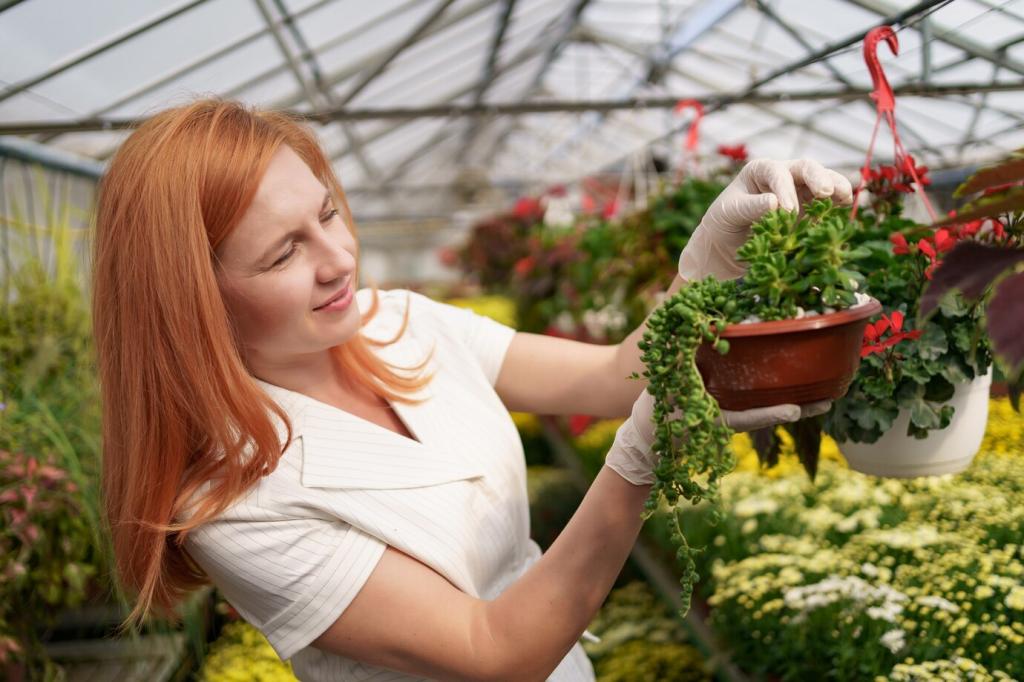Hydroponic Systems for Urban Gardeners
Hydroponic systems have revolutionized urban gardening, offering innovative solutions for growing plants without soil in crowded city environments. Urban gardeners benefit from these systems by maximizing space, minimizing water usage, and cultivating a diverse range of crops indoors or on rooftops. Whether you have limited square footage or simply wish to boost plant growth year-round, hydroponics can dramatically enhance your gardening experience. This method is accessible to beginners and seasoned horticulturists alike, paving the way for sustainable harvests right in the heart of the city.
Understanding Hydroponics
The Science Behind Soil-Free Growing
At its core, hydroponics relies on the principle that plants only require light, water, nutrients, and support for their roots to thrive. In soil, plants expend significant energy searching for nutrients. Hydroponic systems eliminate this inefficiency by delivering nutrients directly to roots in a carefully balanced, oxygen-rich solution. This leads to faster growth, increased yields, and often tastier produce. Given the precision and control over the growing environment, hydroponics can also mitigate the risks of pests and diseases prevalent in urban settings, resulting in healthier, more robust plants.
Essential Components of a Hydroponic System
Any hydroponic system consists of a few key parts: a reservoir for holding the nutrient solution, a mechanism to deliver the solution to plants, a medium to stabilize plant roots, and a light source if natural sunlight is limited. The medium might be inert substances like rockwool, clay pellets, or coconut coir, providing support but no nutrition; all nutrients come from the solution. Pumps and timers automate the process, making regular feeding easier and more consistent. Understanding these components empowers urban gardeners to build or select systems tailored to their available space and growing goals.
Types of Hydroponic Setups for Urban Spaces
Urban gardeners often gravitate toward compact and flexible hydroponic designs, such as the Nutrient Film Technique (NFT), Deep Water Culture (DWC), and vertical hydroponic towers. NFT channels nutrient-rich water beneath plant roots in a thin film, making it efficient for herbs and leafy greens. DWC suspends roots in oxygenated nutrient solutions, ideal for fast-growing crops. Vertical hydroponic towers maximize upward space—a crucial advantage in tight quarters. Hybrid systems can also be tailored, combining these methods to optimize growth and productivity depending on an urban gardener’s specific needs and constraints.
Advantages of Hydroponic Gardening in Cities
In an urban landscape, every square foot matters. Hydroponic systems excel by utilizing vertical and horizontal planes in imaginative ways, making it possible to grow a substantial amount of food in small balconies, kitchens, or rooftops. By stacking plants or arranging them in wall-mounted systems, city gardeners can transform unused areas into miniature farms. This space-saving advantage not only increases the amount harvested but also turns gardening into an accessible reality for those with limited or unconventional spaces.


Previous slide
Next slide
